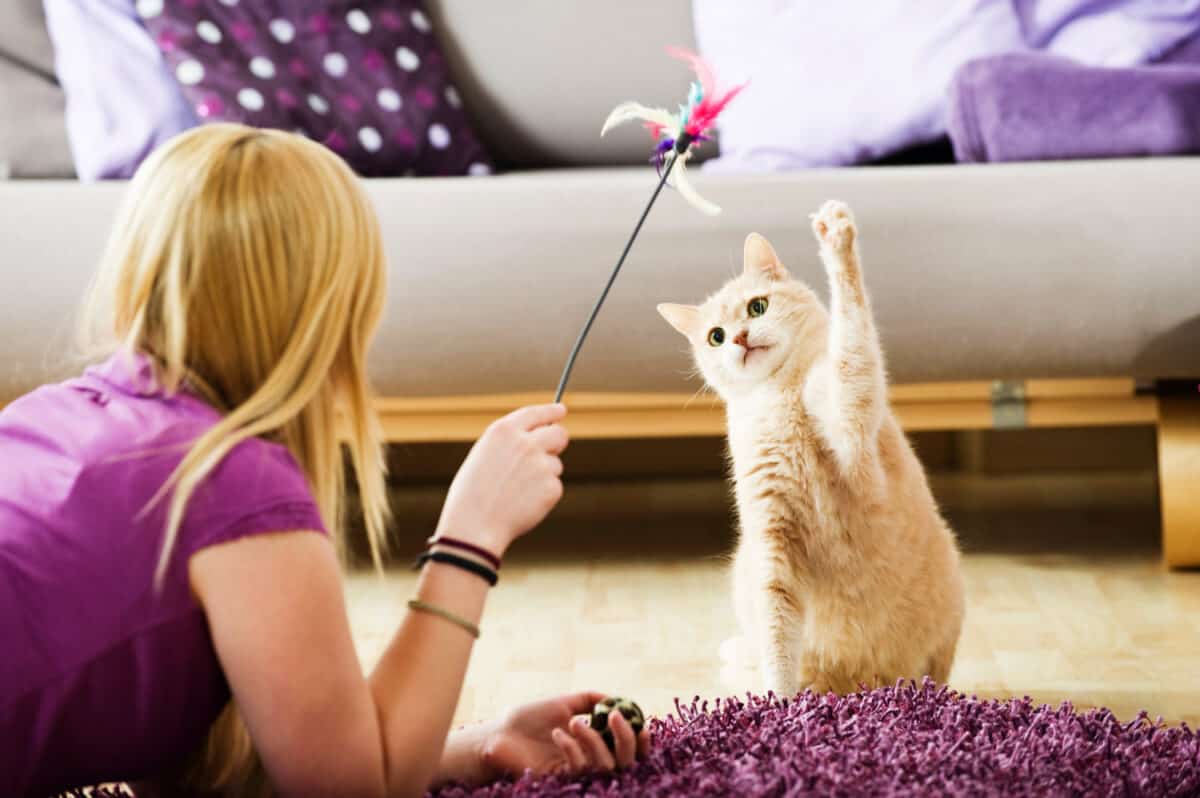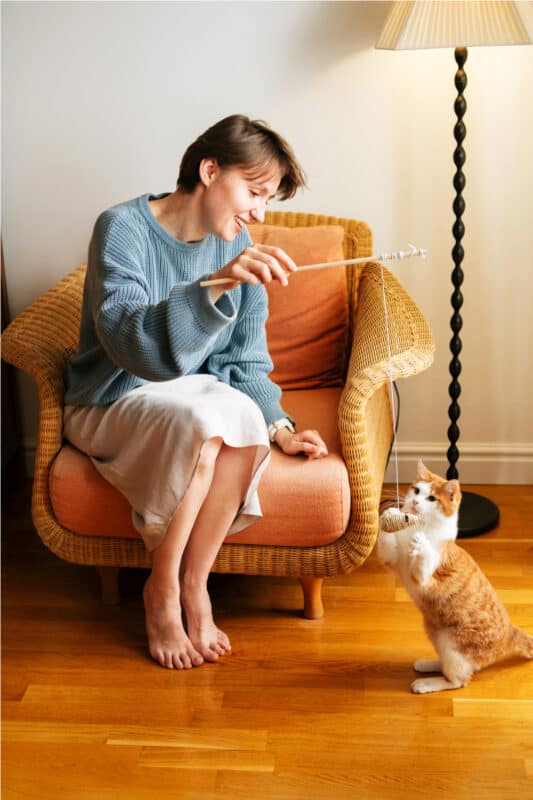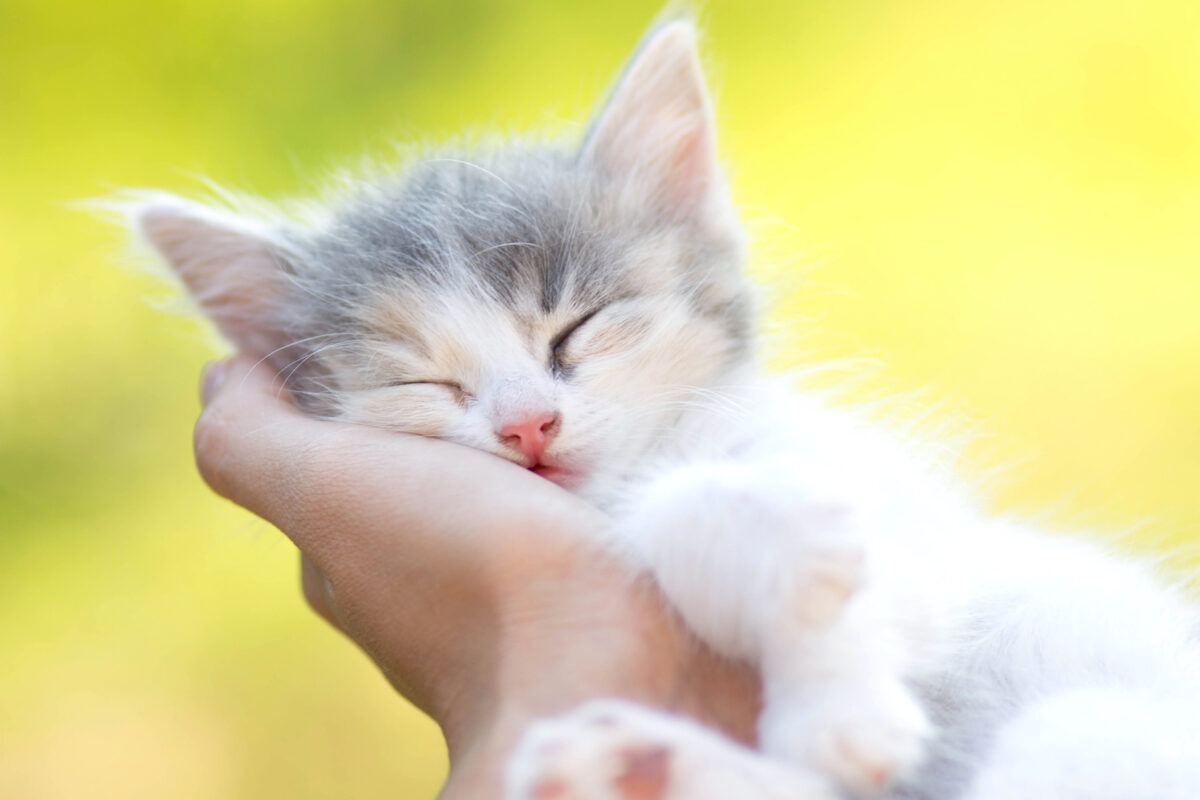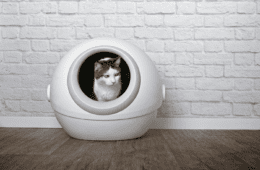Traveling has never been more accessible. In a world where vacations or business trips are just a click away, a looming question emerges for pet owners: What to do with your furry friend while you're away? If you have a pet, your travel plans might require pet sitters.
How can you make sure your four-legged family member is in safe hands? This article explores the pet-sitting industry, exploring options that existed before its inception and guiding you through the process of choosing the right pet sitter for your special companion.
Get ready to discover insights and tips that will bring you peace of mind the next time you leave home.

Before the Age of Professional Pet Sitters
In a time when taking care of our beloved pets seemed simpler yet limiting, pet owners faced a major dilemma while traveling or being away from home.
Before 1997, when the term "Pet Sitters" wasn't even part of our vocabulary, limited options were available, and these options often caused stress and anxiety for both pets and their owners.
Finding a Trusted Friend or Relative
Ideally, calling upon a family friend or relative to come in and feed and care for the cat was the preferred choice. It provided a semblance of normality and routine for the pet.
But not everyone had this luxury. What then?
The Discomfort of Kennels
Boarding at a cat and dog kennel was a common alternative. Yet this option didn't consider the pet's need for comfort and routine.
Kennels often housed stressed-out animals, creating an unfamiliar and tense environment. This could expose your pet to potential illness and considerable distress.
Veterinary Boarding: A Double-Edged Sword
Some chose to board their cats with the vet. It seemed like a more controlled option, but the drawbacks were similar. Surrounded by stressed and sick animals in unfamiliar surroundings, your cat would likely feel anxiety and discomfort.
The one advantage? Immediate care was available if your pet fell ill.
A Turning Point
This era marked a turning point in pet care, shedding light on the need for more personalized and compassionate solutions.
It laid the groundwork for what we now know as the pet-sitting industry, recognizing the unique needs of our furry friends and offering a tailored approach to their care.
No longer would pet owners have to compromise on comfort, health, or peace of mind. The times were changing, and our beloved companions would soon experience the benefits.
Finding the Perfect Pet Sitter: A Step-By-Step Guide
Finding the right care for your pet is never a decision to take lightly. With the advent of professional pet sitters, a new era of personalized pet care has begun.
These professionals visit your home, feed your pet, administer medication, provide company, and ensure safety. But with so many options available, how do you find the right pet sitter? Here's a comprehensive guide to help you make the best choice.
Understanding Your Needs
Do you know what your pet needs? If your cat has special requirements, knowing what they are is the first step. Whether it's a specific diet or medical need, understanding these requirements will guide your search.
Searching Online: A World of Options
Opening Google and searching under Pet Care will provide you with a myriad of options. Websites list pet sitters by state, creating a virtual buffet of names. This can be overwhelming but don't worry, there are ways to narrow down your search.
Asking the Experts
A personal recommendation goes a long way. Talk to the staff at your vet's office. Many pet sitters have veterinary experience. They can administer medication, feed picky eaters, and provide specialized care.
Ask other pet owners too. Networking online through cat boards and emails can also lead to valuable recommendations.
Meeting the Pet Sitter: First Impressions Matter
Once you've found a potential pet sitter, give them a call. Are they open to meeting you at their home? Observing their animals and how they interact can offer insight.
If they prefer to meet at your place, watch how they interact with your pet. Trust your instincts.
Don't Forget to Follow Through
If something doesn't feel right, tell them you'll keep looking. Be honest but polite. And always make a courtesy call if you choose someone else. Proper communication ensures clarity and respect.
Trust and Transparency
Finding the right pet sitter is not just about convenience. It's about trust, transparency, and understanding your pet's unique needs.
By following these guidelines, you can find the best care for your furry friend, ensuring peace of mind while you're away. It's a relationship that, when cultivated with care, can last a lifetime. Your pet deserves nothing less.

SIGN UP FOR THECATSITE'S EMAIL UPDATES >
Be Prepared: What to Ask Your Pet Sitter
Finding the right pet sitter requires diligence, research, and careful observation. You need to know exactly what you want and what to ask. Here's a guide that will help you identify the right pet sitter for your beloved pet.
Preparing Your Questions
Before you meet with a potential pet sitter, prepare your questions. Don't leave anything to chance. Here are some sample questions to guide your conversation.
Qualifications and Experience
- Does she have assistance in caring for your animal? Is there a backup if something should happen to her?
- How many clients does she have, and can she provide referrals?
- Is she licensed, bonded, and insured?
- Does she have formal training to handle emergencies?
Personal Insights and Preferences
- Why does she believe she's different from other pet sitters?
- How long has she been in business?
- What types of jobs did she hold before becoming a pet sitter?
- What led her to the field of pet care?
- Are there certain pets she enjoys caring for over others?
- Can she provide a copy of her resume?
Meeting and Observing
Once you feel comfortable with her answers, observe how she interacts with your animals at your home. Make sure she passes your inspection.
Making the Pet Sitter's Job Easier
After determining the right person for your pets, it's your turn to help the pet sitter. Provide everything she needs to care for your pets. Make her life easier by being clear and supportive.
A Partnership of Trust
Selecting a pet sitter is more than just finding someone to feed and play with your pet. It's a partnership built on trust, understanding, and communication.
Once you determine that you have found the right person, and that person has also passed your inspection in your own home with your animals, it is now your turn to make the pet sitter's life easier in caring for your pets.
How To Help Your Pet Sitter: Preparing Your Home and Pets
When leaving town and entrusting your pets to a pet sitter, your preparation can make a big difference. A little effort goes a long way in ensuring that your pets remain comfortable and your pet sitter can do their job effectively.
Here's a guide to help you prepare.
Organizing Essential Items
Make your pet sitter's job easier by organizing the items they'll need.
- Feeding: Gather all feeding and water bowls in one place. Leave feeding instructions on the refrigerator.
- Dog Walking: Leave out leashes and collars if you have a dog that needs walking.
- Seasonal Care: Arrange for snow shoveling in winter or grass mowing in summer, if needed.
Providing Comfort for Your Pets
Comforting your pets in your absence is crucial. Here's a unique tip:
- Reinforcing Your Scent: Wear an old pair of sneakers without socks while doing housework. Bag them and leave them with instructions for the pet sitter. This can comfort your pet by keeping your scent near.
Emergency Preparations
Planning for the unexpected is vital.
- Contact Information: Leave phone numbers where you can be reached, your itinerary, and your vet's contact details.
- Emergency Plan: Have a plan in place, including leaving a photo of your pet on the refrigerator, and providing alternate contacts who might help if needed.
- Extra Supplies: Leave enough food, litter, and other essentials in case your trip extends unexpectedly.
Preparing Your Home
Ensuring the home is safe for your pet is crucial.
- Secure Rooms: Shut all unnecessary doors and use childproof locks if your pet likes to open cupboards.
- Litter Care: Clean and refill the litter pans before you leave.
Ease Your Mind by Preparing Well
Leaving your pet with a sitter doesn't have to be stressful. By taking these simple steps, you not only make the pet sitter's job easier but also keep your pet comfortable.
Preparation, organization, and consideration for your pet's feelings will make your absence smoother for everyone involved. Remember, a happy pet sitter leads to a happy pet, and that leads to a more relaxed trip for you.

Kitten-Proof Your Home: Ensuring Safety While You're Away
Before leaving your beloved pet alone at home with a pet sitter, there are some crucial steps to take to ensure both their safety and your peace of mind.
Remove Breakables
Cats are curious creatures, and their playful antics can sometimes lead to accidents.
- Secure Fragile Items: Remove all breakable objects from shelves and dressers.
- Store Cleaning Products: Put up any cleaning products or hazardous materials.
Safeguarding Your Home and Pet
The goal is to create an environment where your pet remains safe while having access to what they need.
- Quick Home Adjustments: These minor changes will keep your pet from harm and are easy to reverse when you return home.
Return to a Safe and Happy Pet
By taking these precautions, you protect your pet and your belongings. It's a small investment of time that leads to peace of mind during your trip.
You want to come back to a happy pet, not a disaster, and kitten-proofing your home is the way to make that happen.
Wrap-Up: Your Comprehensive Guide to a Carefree Trip with a Pet Sitter
Choosing a pet sitter and preparing your home for your absence doesn't have to be a daunting task. From selecting the right sitter to kitten-proofing your home, this guide has provided actionable and straightforward steps to ensure a stress-free experience.
Remember, your preparation creates a welcoming environment for the pet sitter and a safe and comforting space for your pet.
Whether it's reinforcing your scent for comfort or removing potential hazards, every effort contributes to your peace of mind. So, take the time to prepare, knowing that a happy pet and a competent sitter await you at home.
Your trip away doesn't have to be a worry; with these guidelines, you can focus on enjoying your journey.
SIGN UP FOR THECATSITE'S EMAIL UPDATES >
You might also like:
So You Want To Be A Cat Sitter
Written Contributions by Mary Anne Miller
Mary Anne Miller is a freelance writer and member of the Cat Writers' Association. She is a web copywriter, and passionate about feral cats/kittens and bottle babies. You can read more by Mary Anne on her Feral Cat Behavior Blog.
Comments? Leave them using the comment section below. Questions? Please use the cat forums for those!
Note: We may get commissions for purchases made through links on this page.



